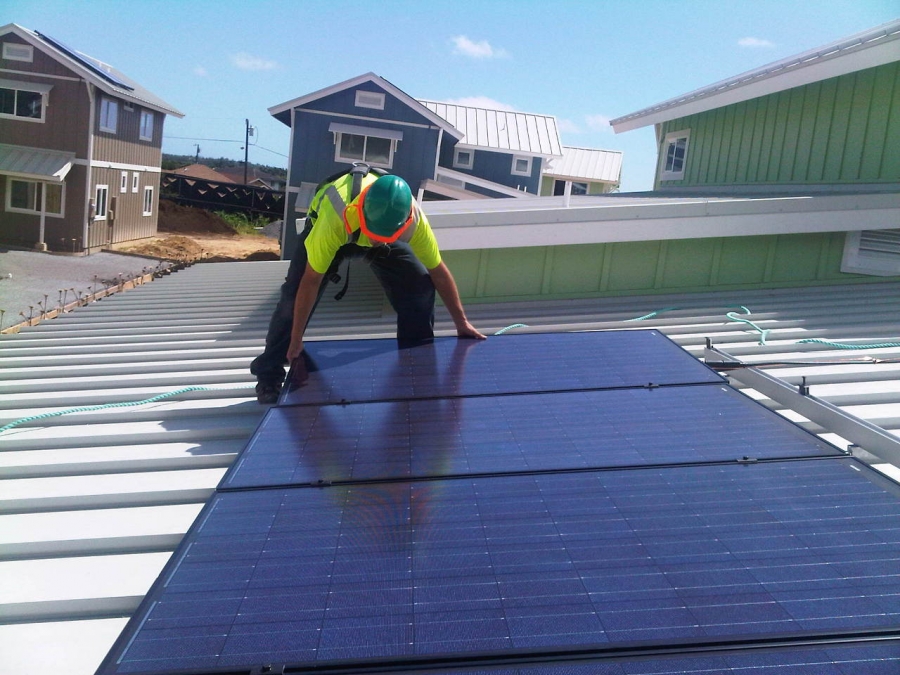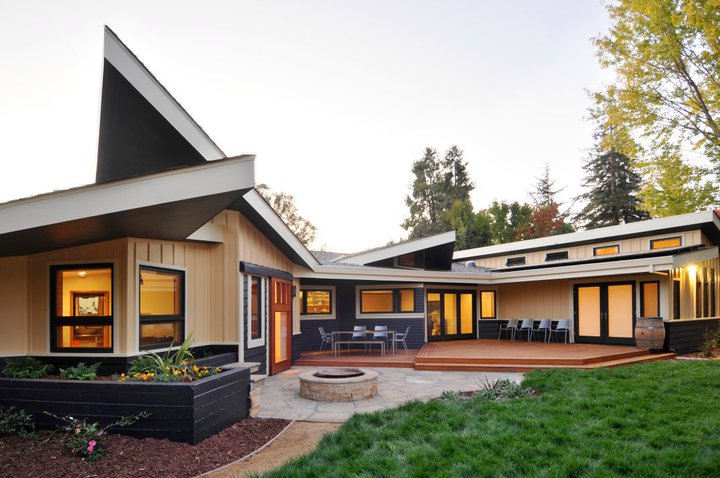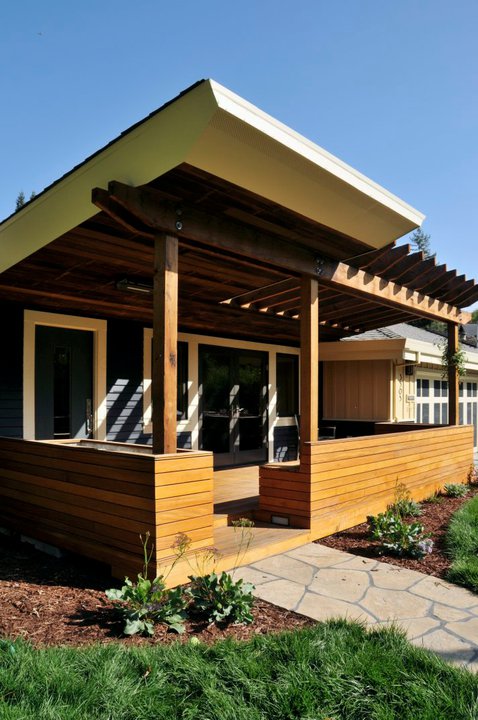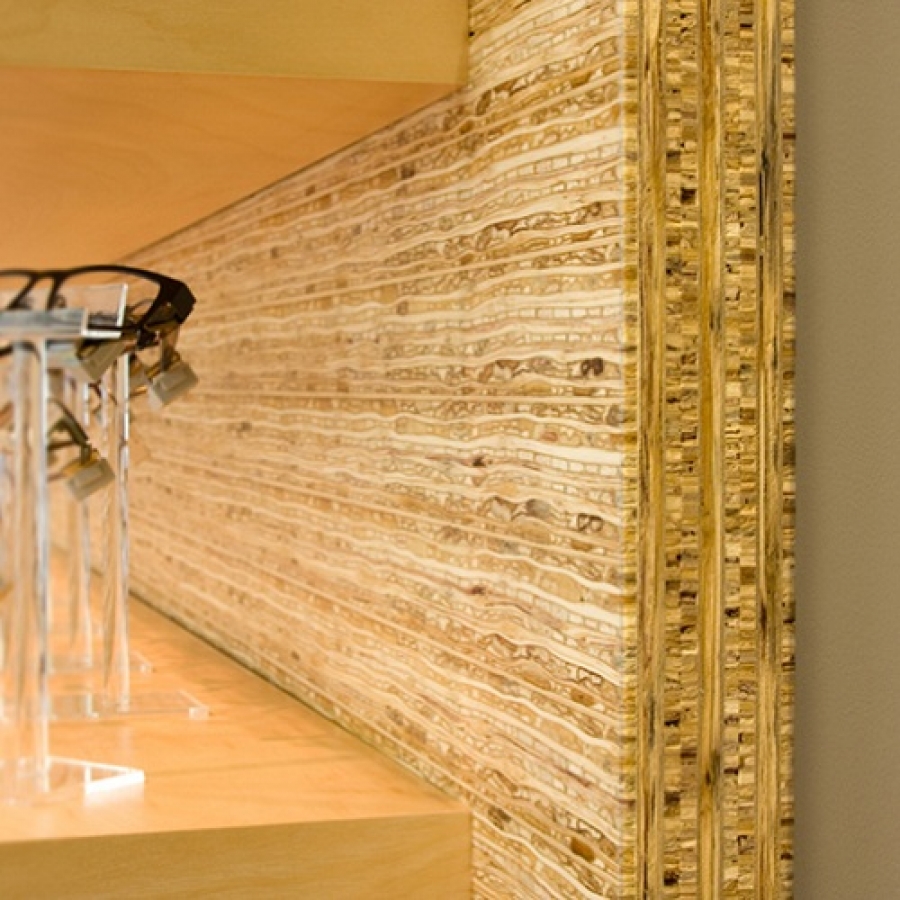Building Green on a Budget: Advice from Leading Architects
What are the best ways to build sustainably within budget constraints? We asked several leading architects for insight on this timely issue. Their collective advice on building green on a budget is to return to the fundamentals of good design and choose climate-appropriate materials that offer a quick payback.
 Armstrong Development, Ltd.
Armstrong Development, Ltd.
Back to Basics
According to Gary Olp with GGO Architects, building green on a budget is as simple as returning to the roots of good architectural design. “When you build things with a sense of craft and purpose, they are more frequently cared for and looked after, which makes them last longer,” he says. “Good, beautiful design is a large part of sustainability.”
The fundamentals of building design and sustainability both focus on durability. If a building is designed properly, it will inherently have green properties, according to Pete von Ahn with von Ahn Design, LLC. “Good design and building green are one and the same,” he says. “It’s just the right way to build.”
“You have to look beyond the sticker price and understand the long-term impact of what you are buying. Challenge yourself to find the best value; although products may appear to be similar, don’t assume all things are equal.” Bill Worthen, American Institute of Architects
von Ahn said that a well built home takes into account design considerations, products, materials, and construction methodologies. He believes that returning to the fundamentals naturally results in a greener home – one that is healthier and more energy-efficient with lower maintenance and reduced operating costs. “Proper design and planning up front is the key,” he says. “It adds very little cost but can yield significant cost savings over the life of the home."
Daniel Sandomire, vice president of Armstrong Development, Ltd., agrees. “Ultimately, it’s more cost-effective in the long run to build green,” he says. “When you compare true costs, the sustainable approach is much more cost-effective.”
Site Matters
von Ahn believes that site-specific design is perhaps the most effective means for building green on a budget. “When you think about how homes were designed and built before we had modern technologies available, they were built with the site in mind,” he says. “From the initial home design, to the location of the site, to the materials used, homes were designed to maximize materials, views, and ventilation.”
He explains that prior to having electricity, homes were designed to provide natural light and ventilation, and materials were sourced locally due to transportation limitations. As technology advanced and material accessibility increased, the emphasis on design and site location diminished and inadequate detailing led to maintenance issues and durability problems, von Ahn believes.
“One of the best ways to alleviate these issues is to find the optimum location for the home and to design the home specifically for the site,” says von Ahn. “By doing this, we can maximize the natural light and ventilation and can reduce the reliance on electricity for lighting and HVAC equipment.”
Eric Corey Freed, founding principal of organicARCHITECT, also emphasizes the necessity of site-specific design and orienting a structure based on its specific environment. “Every building should respond to the location of the sun and wind and use them to help heat or cool the building,” he says.
Olp agrees that climate-responsive design is the key to building sustainable homes. “Durability is our mantra and can only be achieved by selecting finish materials that are climate-centric and affordable,” he says. “You can build responsibly for your region using passive solar, good design, and efficient use of space, which are all affordable. The simple application of shading, orientation, and energy-efficient measures, coupled with smart solutions for lighting, heating, and cooling dramatically reduce operating costs.”
For example, Sandomire, who builds in Hawaii, says that he uses photovoltaic systems as a climate-specific strategy. “While it may appear to have large up-front costs, it will pay for itself within four years here in Hawaii due to the climate and tax incentives that help defray the initial costs,” he says.
Choosing Efficient Materials
Site-specific design and return on investment (ROI) appear to be closely linked. Unanimously, the experts agree that it’s important to choose materials carefully based on geography and invest in the products that offer a quick payback.
When choosing materials, the best approach is one of critical inquiry, according to Bill Worthen, director and resource architect for sustainability with the American Institute of Architects. “You have to look beyond the sticker price and understand the long-term impact of what you are buying,” he says. “Challenge yourself to find the best value; although products may appear to be similar, don’t assume all things are equal.”
Olp says that he typically aims for everything in the house to have a five- to seven-year payback. “For us, this generally rules out renewable energy systems and leads to energy-saving design techniques such as well placed overhangs, a thermally effective building envelope, and whole-house ventilation fans, which keep utility bills way below average,” he says.
“When you build things with a sense of craft and purpose, they are more frequently cared for and looked after, which makes them last longer. Good, beautiful design is a large part of sustainability.” Gary Olp, GGO Architects
Freed said that it’s important to evaluate the efficiency of materials and to then calculate the payback up front so that homeowners can make informed decisions. “If it saves energy, water, or maintenance, I can calculate how long it will take for that feature to pay for itself,” says Freed. “Anything under five years seems obvious.”
Freed explains that he focuses primarily on conservation. “We look at return on investment from the standpoint of saving – saving energy, saving water, saving resources, and saving manpower,” he says. “You can save energy with better insulation and windows, save water with the right fixtures and systems, save resources with the right durable materials, and save manpower with the right lighting, signage, or passive systems. All of these will pay back financial savings to the owner, and we can calculate that up front.”
For those situations where a homeowner simply can’t invest in such systems up front, Freed suggests pre-planning for future updates. “For items like solar panels, which often have a seven- to 12-year payback, the homeowner has to make informed decisions,” he says. “Sometimes they can’t afford the solar right now, but we will pre-install the conduit to the roof for when they are ready in the future.”


While energy-saving measures are a common focus of sustainable design, Freed also suggests that architects look for opportunities to use building materials more efficiently. “We switched from building 16” O.C. to 24” O.C. (read more about Advanced Framing Techniques) because it reduces the amount of materials needed, reduces labor, and speeds up construction,” he says. “By being smarter about the way we build, we can save time, save money, and build a better building.”
Cost-Efficient Products
Although preferences and practices vary by architect, these products repeatedly made the list of cost-efficient favorites:
All Climates
- Blown cellulose or foam insulation; recycled drywall; low-e (low-emissivity) windows; “right-sized” overhangs; properly sized HVAC systems; zero-VOC paints and adhesives; dual-flush toilets; low-flow fixtures; ceiling fans; CFL and LED lighting; CRI Green Label Plus carpeting; composite wood products with no urea-formaldehyde; and ENERGY STAR appliances.
Warm Climates
- Solar water heaters; radiant barrier roof sheathing; and light, reflective, or white “cool” roofs.

Lisa Taylor Minor
Lisa Taylor is a freelance writer and marketing consultant. She has more than 16 years of experience as a communications professional and has worked with a variety of companies in the home products and building materials industry. Originally from Memphis, TN, Lisa earned a BA in Journalism from the University of Memphis in 1995 and a MA in Journalism from the University of Memphis in 1997. She spent the first 11 years of her career working in account service for Memphis advertising agencies Thompson & Company, Oden Marketing & Design, and Carpenter/Sullivan. Lisa then spent five years in Nashville, TN, with The Buntin Group, an Adweek Top 100 U.S. advertising agency, and Louisiana-Pacific Corporation, a leading manufacturer of building materials. Lisa currently lives in Denver, CO, and is Principal/Owner of Wazee Marketing.
Website: www.wazeemarketing.com

